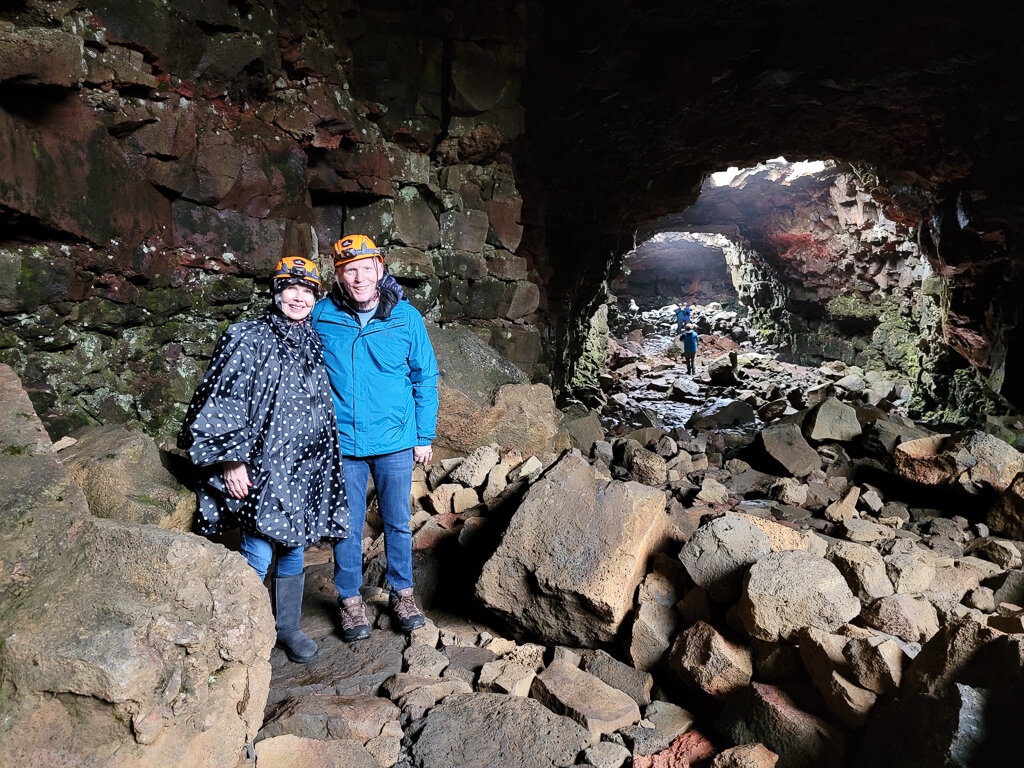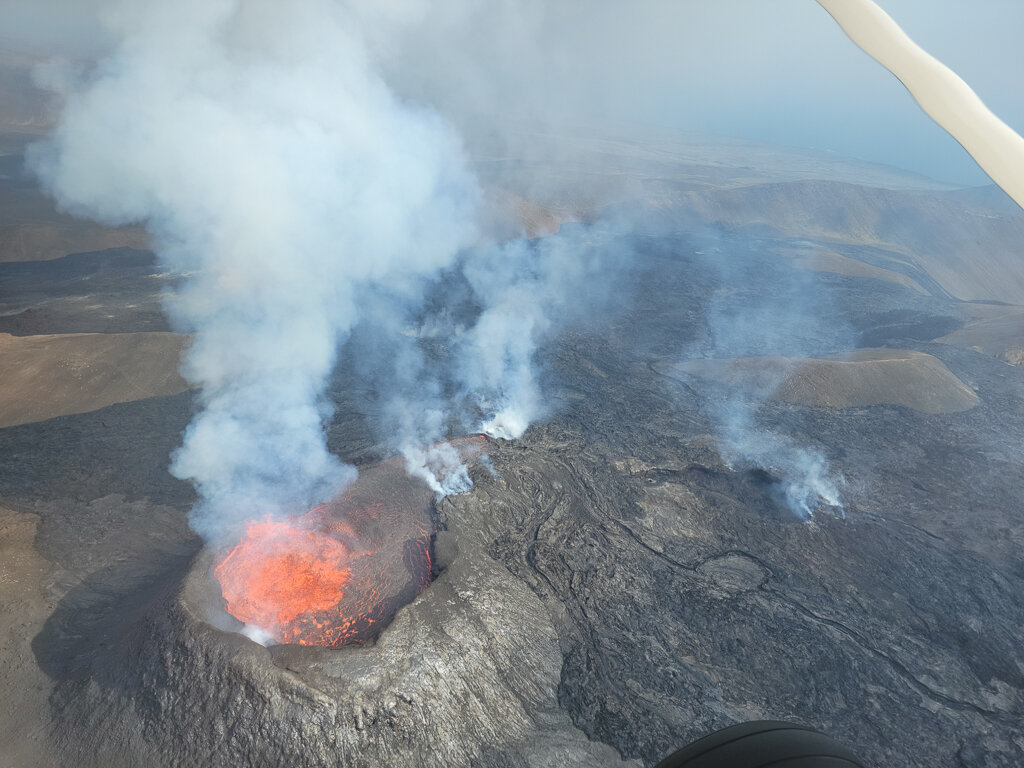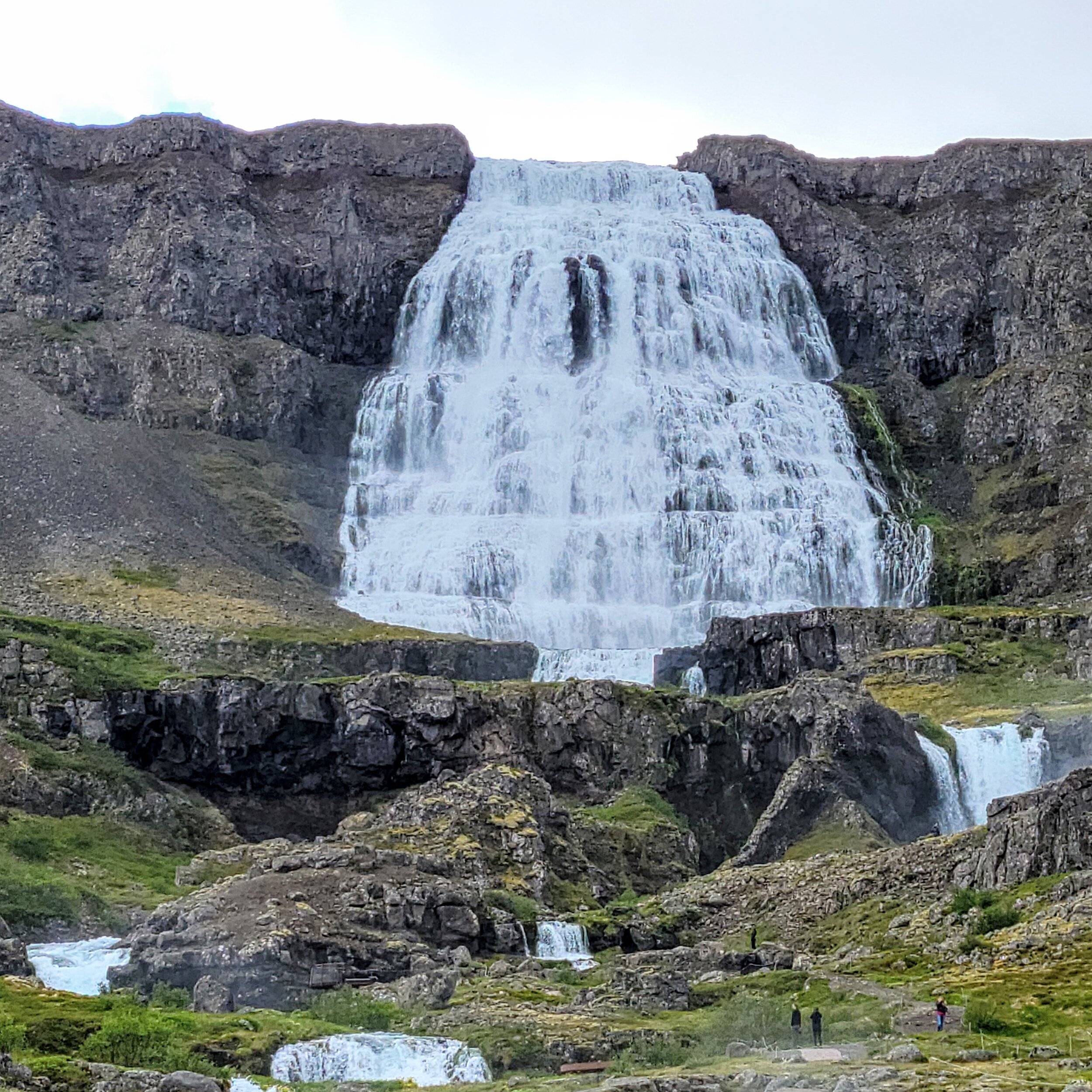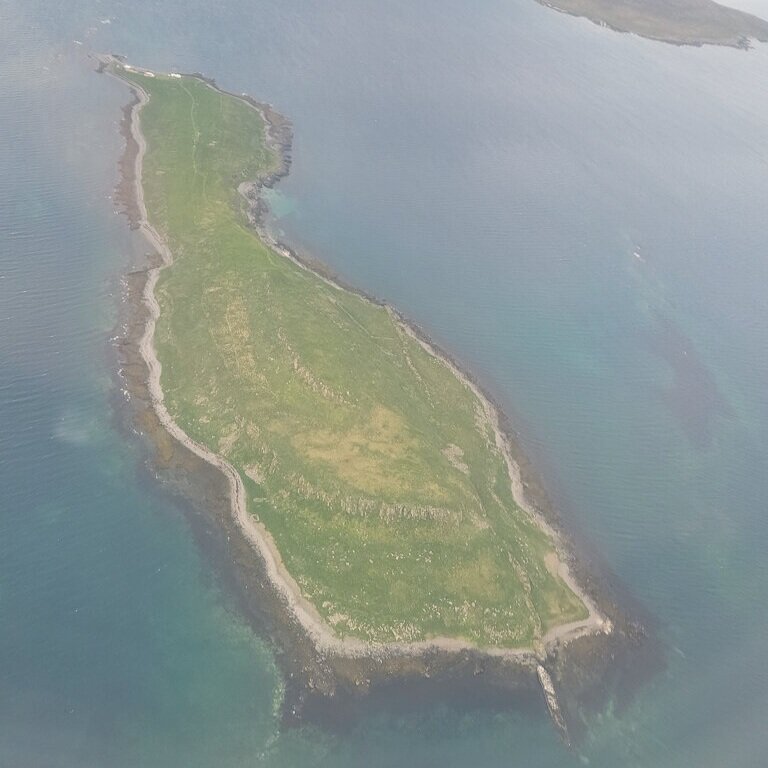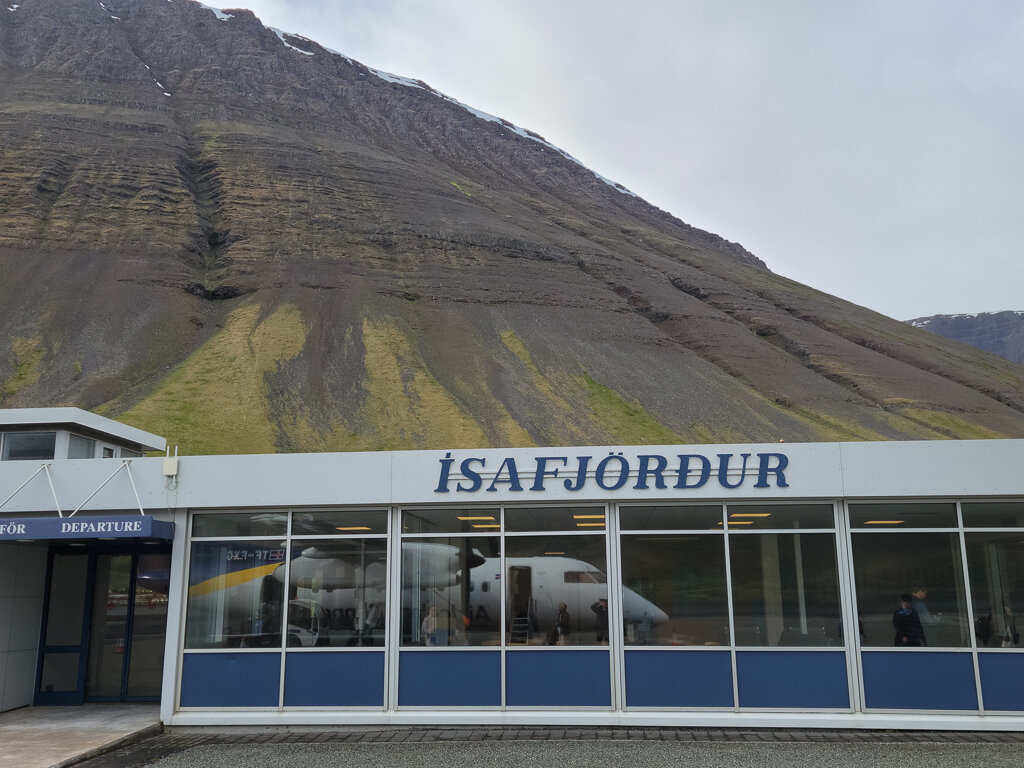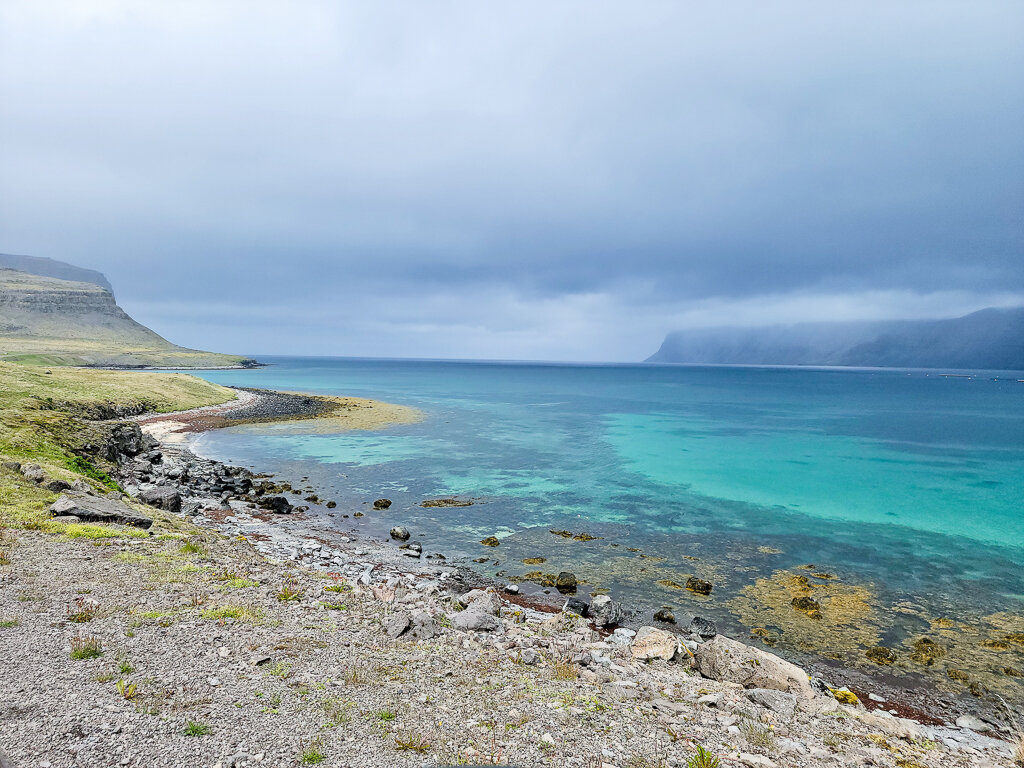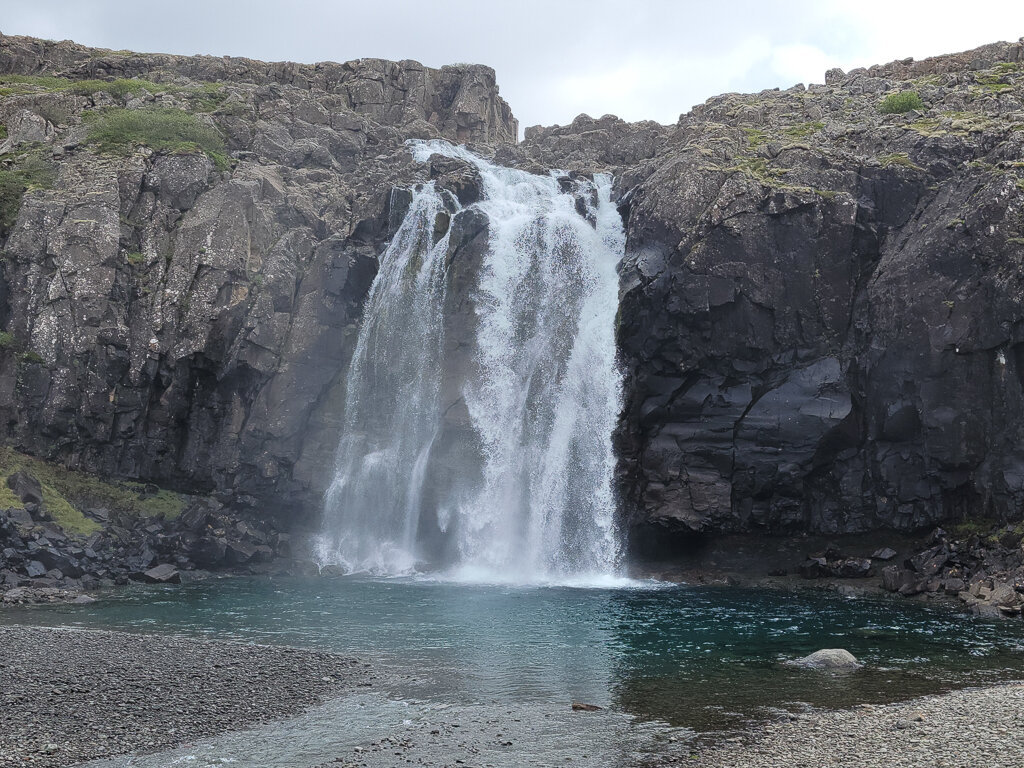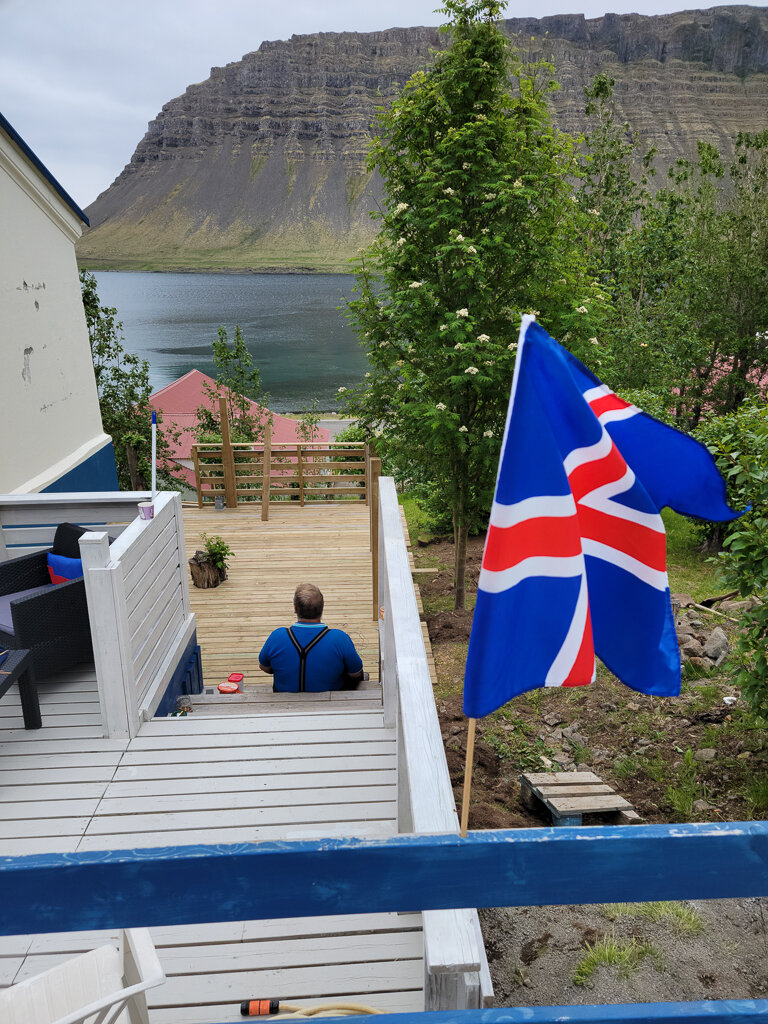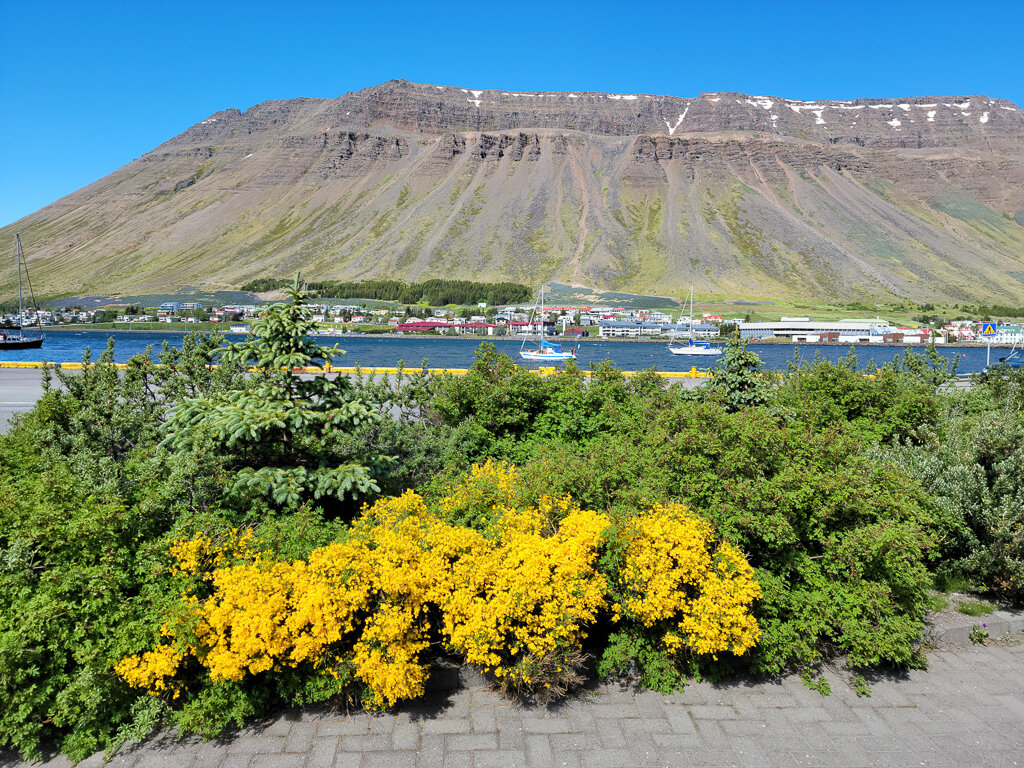“There is no more sagacious animal than the Icelandic horse. He is stopped by neither snow, nor storm, nor impassable roads, nor rocks, glaciers, or anything. He is courageous, sober, and surefooted. He never makes a false step, never shies. If there is a river or fjord to cross (and we shall meet with many) you will see him plunge in at once, just as if he were amphibious, and gain the opposite bank.”
Sturdy - and stylish
“You will reach your destination even though you travel slowly.”
Before Covid shut down travel, Iceland was experiencing the joys and pains of a year-after-year tourist boom. After a year and a half, I’m happy to report that the streets of Reykjavik are busy and colorful again, with the entire country protected by an excellent testing-and-vaccination regime. For my return to my favorite country in the world, I decided to use Reykjavik as a base. Taking advantage of the 24 hours of sunlight and balmy 50 degree Fahrenheit temperatures, I explored some of the best daytrips from Reykjavik and weekend excursions to Iceland’s least visited areas, the Westfjords and the Snæfellsnes peninsula.

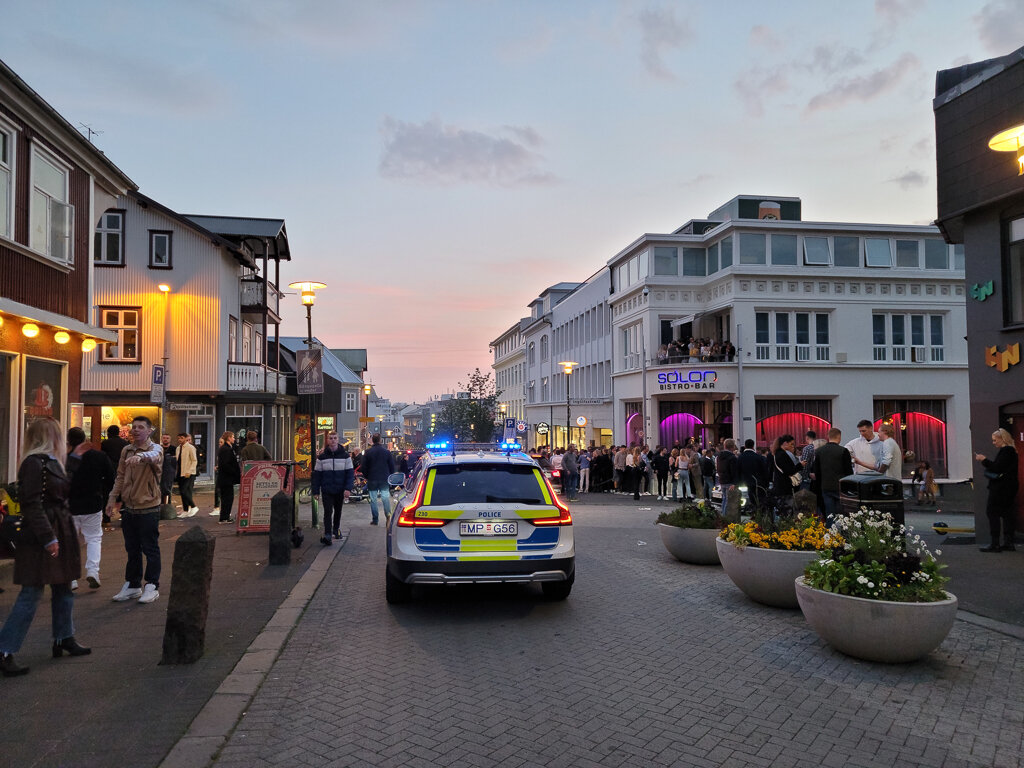

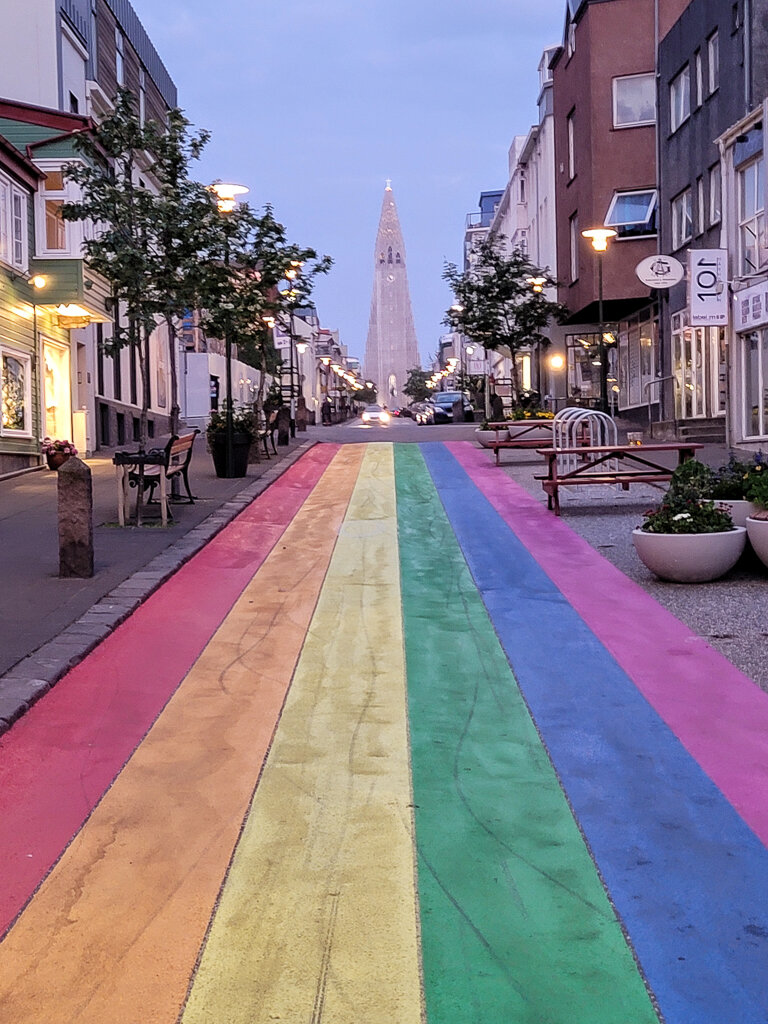
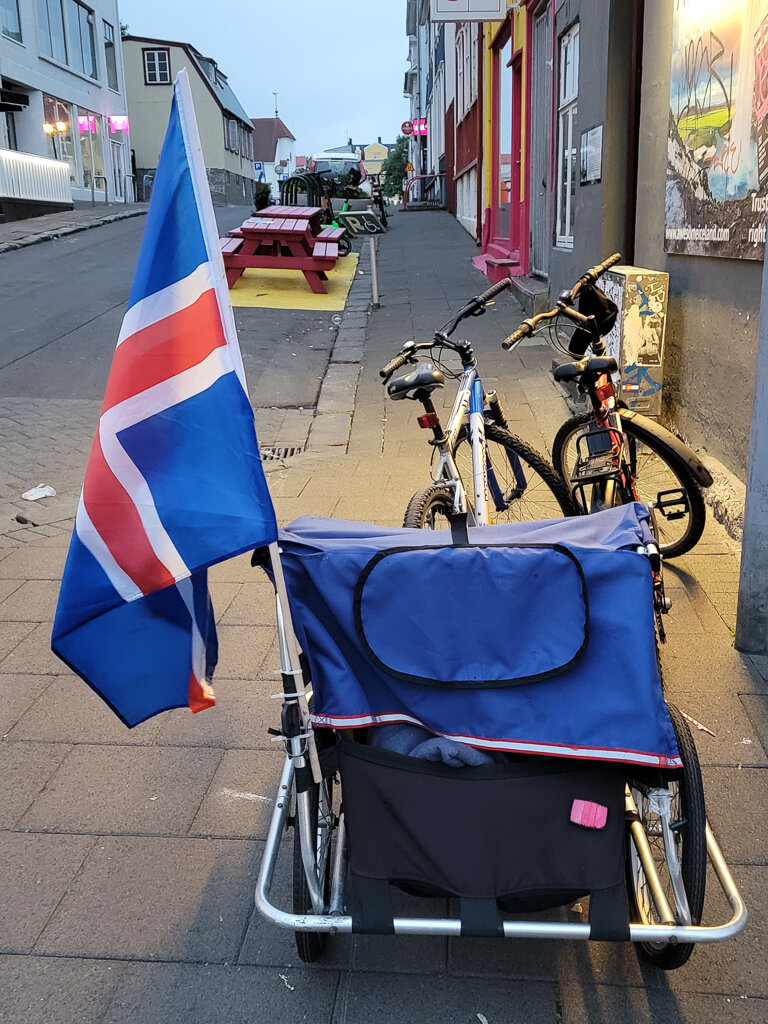
Reykjavik Daytrips
Raufarhólshellir
45 minutes from downtown Reykjavik, the Raufarhólshellir lava tube is Iceland’s 4th longest and most accessible. Normal tours include hardhats and require rock scrambles, so be sure to bring sturdy footwear. The tunnel is famous for its natural skylights, and in some years hosts exclusive rock concerts.
Fagradalsfjall Volcano
As of Summer 2021, the Fagradalsfjall Volcano, only 30 miles from Reykjavik, is actively erupting. It’s absolutely recommended to go with a tour guide who can keep you safe from the active lava flows and gasses. Or you can take it easy like I did and take a charter flight that will let you peer right into the lava cauldron.
Reykjavik Weekend Trips
Snæfellsnes
Snæfellsnes, just two hours drive from Reykjavik is dominated by the snow-capped Snæfellsjökull volcano and its surrounding national park. Even this close to Reykjavik, you’ll want to rent a capable SUV, as many roads quickly turn into dirt tracks skirting the edge of cliffs. Make sure to keep your tank filled with gas and check with weather reports. If it looks iffy, better to stay at your cozy bed and breakfast.
Snæfellsnes is famous for its abundant geological features, earning it the nickname “Iceland in miniature.” In one or two days, you can visit a volcano, glacier, lava fields, craters, caves, black sand beaches and picturesque fishing towns. Sadly, the glacier atop of Snæfellsjökull is an endangered species. In the summer of 2012 it went ice-free for the first time in recorded history. Luckily when I visited in July of this year, there was still plenty of snow and ice on the peak.
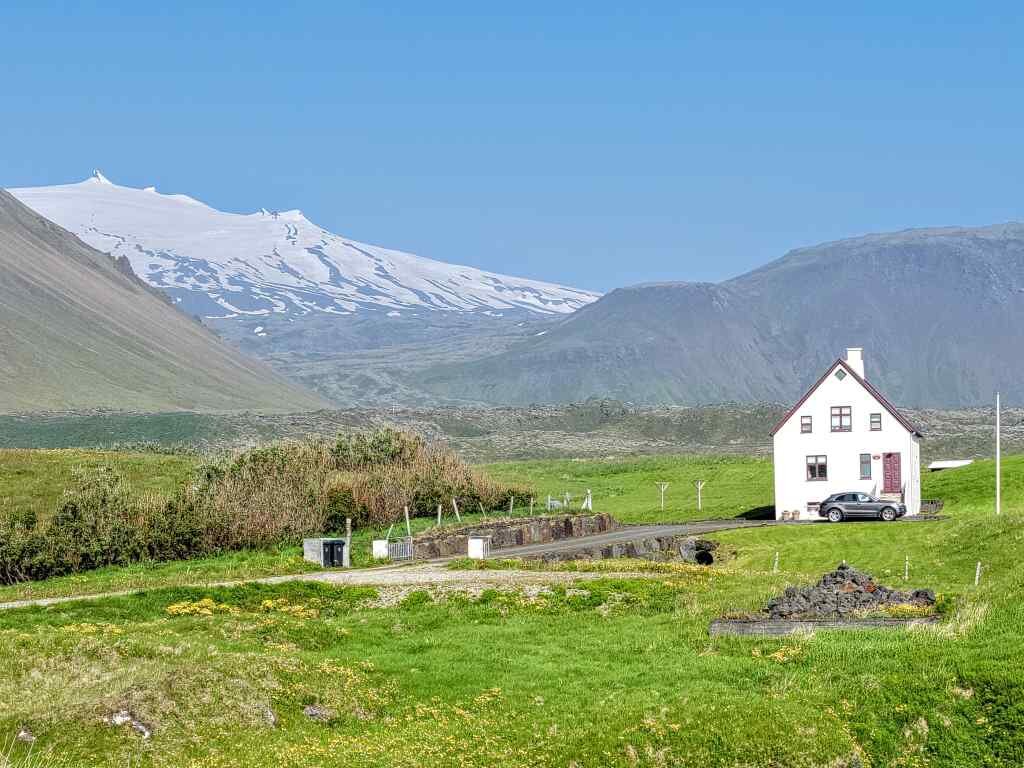
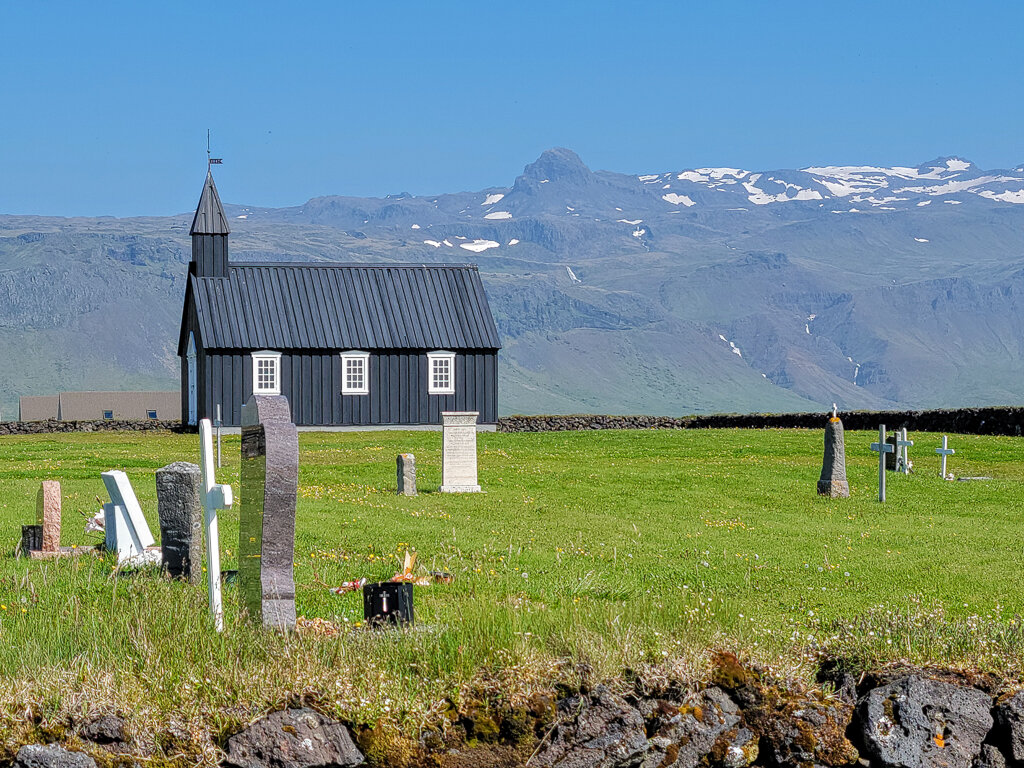

Westfjords
From Snæfellsnes you can take the ferry or drive to the Westfjords, the least populated and wildest part of Iceland. It’s home to some of the most spectacular scenery in the country, including majestic waterfalls, friendly puffins and Hornstrandir National Park, the best place in Iceland to spot the elusive Arctic Fox.
Beyond nature, the Westfjords small towns feature quirky museums like the Museum of Sorcery and Witchcraft, the Museum of Sea Monsters (And Coffee Shop), the Museum of Everyday Life and the Arctic Fox Museum.
Because the Westfjords is only practically open to most visitors in the warmer months, it’s also home to a number of popular festivals and events, including the Act Alone festival, dedicated to the art of one-person plays and the Rauðasandur Music Festival, held on a spectacular beach under the midnight sun.
Although the people in the Westfjords are very welcoming, expect accommodations to be a bit more spartan than you’d find in Reykjavik. Be prepared to change your travel plans based on the weather, and expect to pay city-level prices for restaurants.
Greenland
Only for the truly adventurous, Greenland is one of the world’s most spectacular travel destinations, home to massive glaciers and a unique cultural heritage. It’s easy to arrange direct flights from Reykjavik for a weekend. You can find my guide to Greenland travel here, or visit my contact page for more information.
As always, make sure you’re up-to-date on the latest Covid-19 travel information by checking out https://www.protravelinc.com/covid-19-resources.



